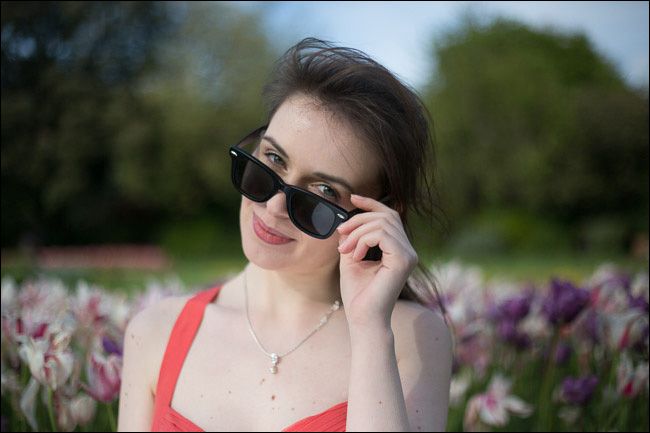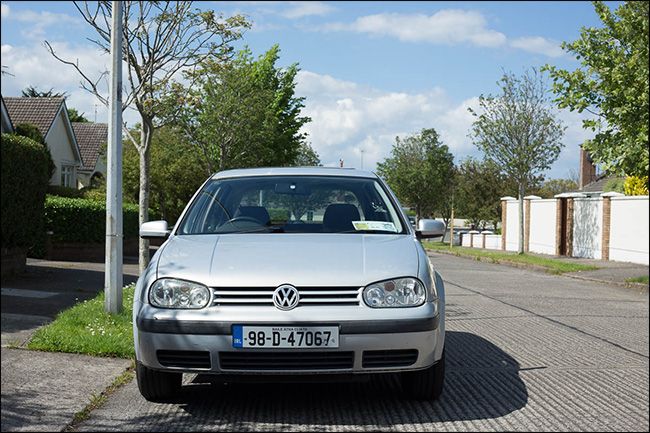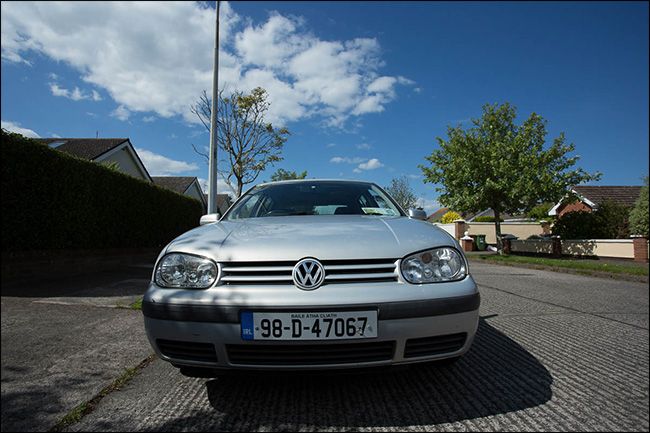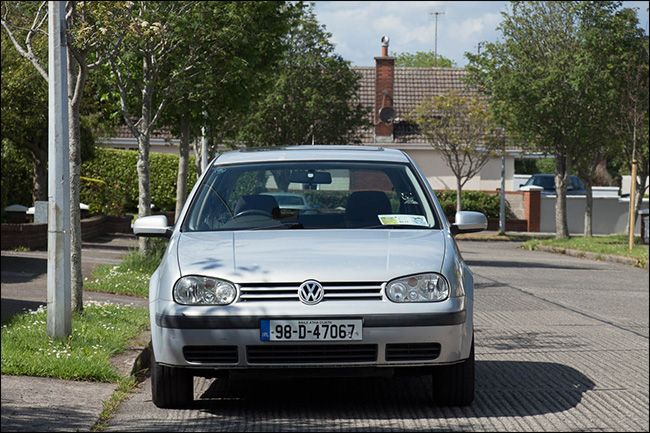Quick Links
The lens you use has a huge effect on how your photos look. A wide-angle lens will give you a much greater field of view, while a telephoto lens will magnify distant objects. These aren't perfect, though: the photo will look like it was taken with whatever lens you used.
There are weird optical quirks like barrel distortion with wide-angle lenses—straight lines appear to curve—and compression with telephoto lenses—objects appear much closer together—that come with using different lenses.
So what do you do if you want a photo to look something like the real world? For everything to appear how you see it in front of you and not strangely distorted by your lens? That’s when you use a “normal lens”.
What Is a Normal Lens?
A normal lens is one that best approximates the optical characteristics of the human eye. In other words, the photos taken with a normal lens look closest to how we see the world. This has nothing to do with aperture, but is entirely dependent on the focal length of the lens.
It’s difficult to perfectly compare human vision to cameras; both work in very different ways. Our eyes aren’t the equivalent of any specific lens. Instead, there are a range of focal lengths that will create photos that look roughly the same. There will always be differences, but the photos shouldn’t look distorted like a wide-angle or telephoto photo can.
On a full-frame camera, a normal lens is considered to have a focal length of 50mm. This was set by the creator of the Leica camera system, Oskar Barnack, pretty much arbitrarily. In reality, any lens with a focal length of between about 40mm and 58mm will look roughly like how things appear to your eyes.
On a crop sensor camera, a normal lens is usually taken to be about 35mm, although any lens with a focal length that falls between about 28mm and 36mm will work.
Comparing Lenses
Here are three photos of the same scene, though I’ve moved the camera position to keep the size of the subject approximately the same. This one was taken with a normal lens. Everything looks pretty much as it should. The photo looks very much how you would see the street and car if you were there.
This one was taken with a wide-angle lens, and you can see how the car has become distorted. It’s a really weird perspective. The wall to the right that appeared in the other two photos is now far off in the background.
Finally, this one was taken with a telephoto lens, which totally changes the photo. Notice how much closer the house in the background appears to the car. Everything is a bit flatter.
You can see how, when we keep the objects roughly the same size in the frame, the look of the normal lens just feels right.
The Pros and Cons of Normal Lenses
The biggest advantage of the normal lens is that everything looks...well, normal. This is also its biggest disadvantage. Photos taken with a normal lens are as accurate a reflection of real life as is possible with a camera. If what’s happening is interesting and engaging, it can add to the realism of the photo. If what’s happening is relatively mundane, the image will appear boring.
A normal lens is very easy to use. You can quickly predict how different things will appear in your photo just by looking around you. What you see is pretty much how things will appear in your photos. When you’re starting out, this means you can just focus on learning how to take accurate exposures without having to worry too much about composition. Just point your camera at what you can see and press the shutter button.
Normal lenses are also very versatile. As long as you’re prepared to move around, you’ll be able to shoot most things. I’ve taken great portraits, landscapes and even sports photos with a normal lens. It’s only at the extremes, like when you want a really wide sweeping landscape or to zoom in close on a small bird in a tree, that they don’t really work.
What Normal Lenses are Available?
While most zoom lenses cover the normal focal length range, if you want a dedicated normal lens you have a few options. Here's what we recommend.
Canon
- Full Frame: Canon EF 50mm f/1.8 STM.
- Crop Sensor: Canon EF-S 35mm f/2.8 Macro IS STM.
Nikon
- Full Frame: Nikon AF-S FX NIKKOR 50mm f/1.8G.
- Crop Sensor: Nikon AF-S DX NIKKOR 35mm f/1.8G.
A normal lens is a great go-to. It’s very flexible and easy to use. While they won’t take wide sweeping landscapes or super close-up sport photos, there’s very little else they won’t at least work for.





